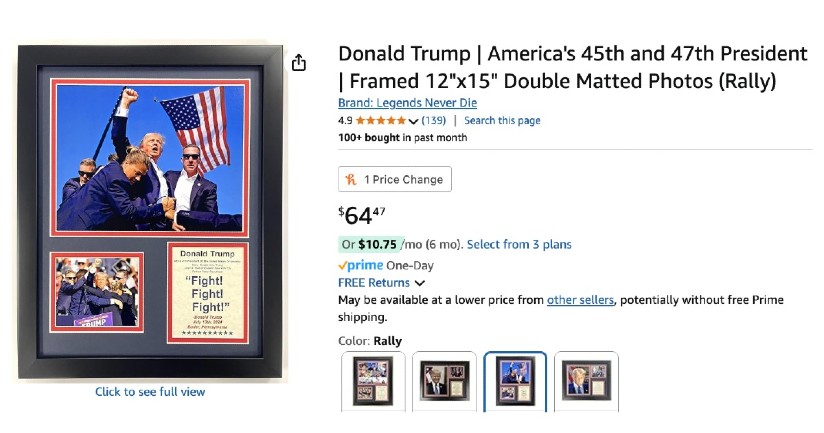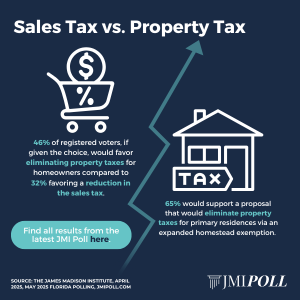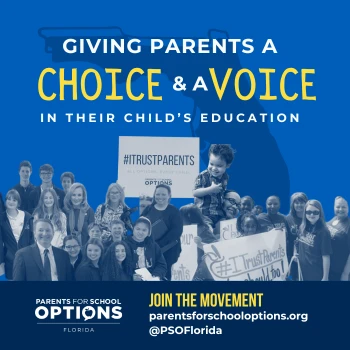By Ross Marchand
Egg prices are still way too high, and cuckoo responses from politicians and pundits are a dime a dozen. It’s true that the yolk of the problem lies in the avian flu, and tariffs certainly aren’t helping. But, businesses and consumers looking to ship chicks have also had to deal with eggheaded policies from the U.S. Postal Service (USPS).
Thanks to a new $15 “Live Animal & Perishable Handling Fee” for Priority Mail, getting ahold of eggs has gotten a lot pricier. While it’s important for USPS package prices to reflect underlying delivery costs, consumers have gotten preciously little guidance as to how this extra fee revenue will be spent. America’s mail carrier should reevaluate pricing on eggs-press deliveries and hatch a new plan to pay for free-range expenses.
Amid record-high egg prices, Americans are taking matters into their own hands. USA TODAY’s Bailey Schulz recently reported, “Chicken coops were among the most popular DIY projects to grab Americans’ attention last year, according to a report from home projects and repairs app Frontdoor based on Google search data. A rent-a-chicken program has also reported an uptick in reservations.” Even if consumers aren’t ready to ruffle some feathers, merchants at farmers markets certainly are. These smaller sellers have been reluctant to raise prices, and farmers market egg-spenses suddenly are looking pretty good for consumers.
Even with this can-do attitude, DIY chicken farmers and small sellers relying on the USPS to ship their poultry have faced a rude (and expensive) awakening. The USPS’ new surcharge for shipping live animals is making it more expensive for hatcheries to ship chicks, especially for mom-and-pop operations that “don’t have the privilege of contracts with USPS that allow large-scale hatcheries to ship live chicks.” The USPS claims the fee is to “cover the additional costs associated with handling and transporting of all live animals and perishables.” The agency fails to provide additional information on what the fee will actually be used for. And, while there are many horror stories of recipients failing to pick up their precious cargo on time or arriving to find dead chicks, this is the exception to the rule. In reality, the mortality rate for shipped chicks is roughly comparable to unshipped chicks.
Sensationalism about shipping chicks is nothing new. In 2020, the Taxpayers Protection Alliance (TPA) had to dispel persistent myths that the Postmaster General’s policies were killing fragile baby birds.
However, broader concerns about package prices are certainly warranted. The USPS can make money, but only if postage rates reflect underlying delivery costs. Unfortunately, the agency has a terrible track-record in underpricing “competitive products” (i.e., packages) relative to their true costs.
According to TPA’s 2022 Postal Pricing Primer, the USPS’ cost attribution methodology is seriously flawed:
[T]he percent of vehicle depreciation attributed to competitive products remains below 20 percent despite the agency purchasing larger, more expensive vehicles to accommodate packages … Most alarming of all is the agency’s refusal to fully examine the role played by competitive products in escalating overtime costs and assign supposedly unattributable ‘network travel’ costs accordingly. In addition, the USPS fails to account for vehicle and headquarter personnel costs that are clearly increasing as the agency shifts to a package-centric delivery model.
TPA’s report concluded that even a modest increase in cost attribution to competitive products would result in $1.3 billion in higher annual revenues.
But, any increase must be gradual and thoroughly explained and accounted for by USPS leadership. Slapping arbitrary fees on critical businesses such as poultry is unwise and could even lead to senders disguising their shipments and putting animals’ lives at risk. The USPS should ditch its bird-brained animal handling fee and give consumers a well-deserved break.
Ross Marchand is a senior fellow for the Taxpayers Protection Alliance.






















